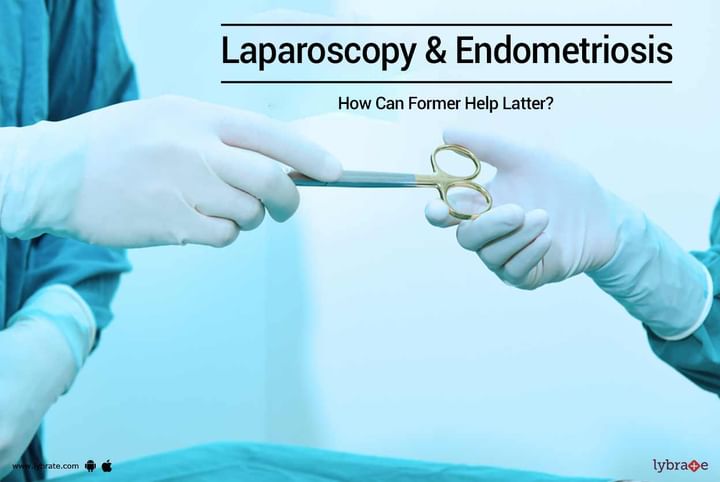Laparoscopy & Endometriosis - How Can Former Help Latter?
Laparoscopy is one of the most common procedures for diagnosing and removing endometriosis. Instead of giving a big incision, this procedure of surgery uses lightweight instrument through a small hole or incision. There could be one or more incisions based on the number of instruments that require access inside the body. This procedure involves the use of a camera to ascertain endometriosis as well as treat it in the same sitting. This brings drastic improvement in infertility as well as pain associated with the endometriosis. If a cyst is found in the ovary, laparoscopic surgeon removes it very delicately without causing any harm to the normal ovary, as a part of the Laparoscopic Surgery for Endometriosis.
How does the procedure go?
Eating and drinking should be suspended before 8 hours of the laparoscopic surgery. The doctor takes a call on whether to give general or local anesthesia. Mostly, General anaesthesia is given during such procedures. A person specialised in Gynecological Endoscopy ( Gynaec Laparoscopic Surgeon) is the best to perform such a procedure.
How is the procedure performed?
The abdomen is first inflated with gas with the help of a needle. It pushes the abdominal wall from the organs to give clear visibility to a surgeon. The laparoscopic camera is then pushed through an incision or a set of incisions to examine the internal organ. If the scar tissue or endometriosis needs to be removed, a doctor can use one of the several laparoscopic techniques such as electrocautery, excision etc. Post the surgery, the incision is closed with stitches. The whole procedure usually takes 30-60 minutes depending upon the severity of endometriosis.
Why is laparoscopy done?
- If the endometriosis pain has returned after a hormone therapy
- If there is a growing endometriotic cyst
- If the scar tissue found on the pelvic wall poses a threat to fertility
- If the endometriosis interferes with other organs such as the bladder etc.
- If the pain during menses ( dysmenorrhoea) refuses to subside
Duration of hospital stay:
Operations such as these are usually conducted at the outpatient facility owing to their less risky nature. A patient need not spent more than a day in the hospital. Rarely in severe cases of endometriosis overnight hospitalisation may also be required. One can successfully return to normal work within 1 week of the surgery.
Post-surgical recovery: Once the laparoscopy is done, the next steps of treatment are decided based on the patient's age and severity of endometriosis. Few hormonal medicines are advised according to the desire for fertility etc. If a patient is over and above 35 years of age, the risk of miscarriages double. Since the quality of egg declines by the year, it makes sense to undergo infertility treatment such as the in vitro fertilization, intake of fertility drugs, insemination etc. If, however, the patient is below 35 years of age, makes sense to conceive naturally first and consult a doctor simultaneously. A routine check-up post-laparoscopic surgery on alternate six months for a year will keep any risks at bay.



+1.svg)
